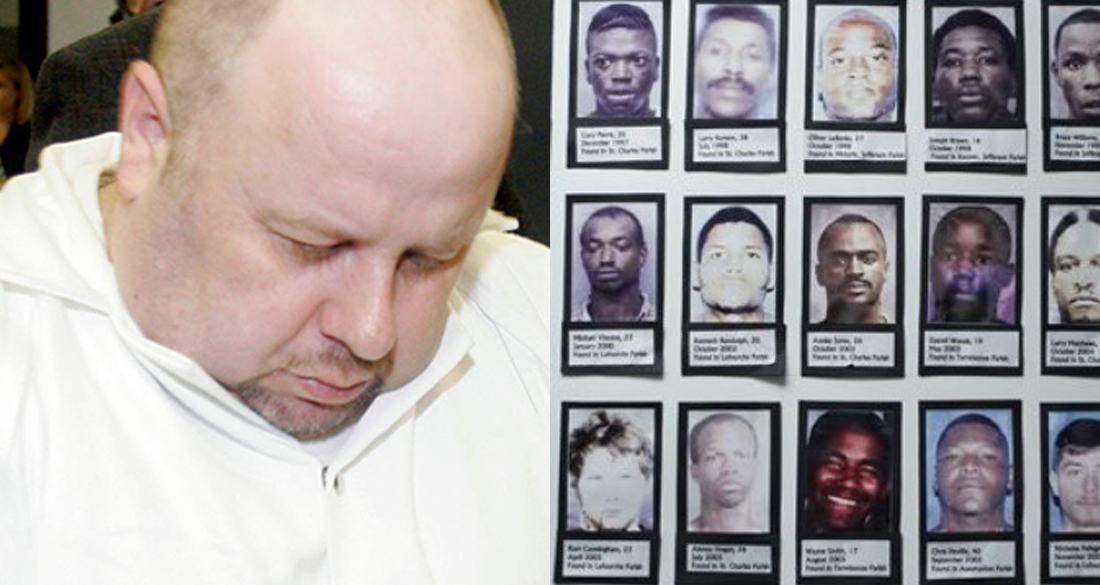


In 1896, he became sheriff of Jefferson Parish, and held the office for over twenty years. Again made president of the jury, he served as a member of the board of commissioners of the Lafourche Basin Levee district, postmaster of Amesville, and a state senator. Nicholls, who was reform minded and removed Marrero. He supported John McEnery for governor instead of Francis T.

In Jefferson Parish, he received an appointment as a member of the police jury and soon afterward became president of the board. Though his father shunned politics, Marrero decided on a public life. Marrero was captured at Chattanooga and was not released until March 1865, arriving in Richmond and then walking back to Louisiana.

Only fifteen when he enlisted, Marrero missed Shiloh because the regiment waited on a shipment of muskets, but he did fight at Farmington, Perryville, Murfreesboro (where Marrero was wounded), and Chickamauga. In 1862, he joined Company C of the 25th Louisiana, which was raised in Concordia Parish. Marrero studied at Centenary College of Louisiana at Jackson. His father, Bastian, was a successful businessman turned cotton planter. Marrero was born in Mississippi, but his family roots were in Louisiana, where they had settled in 1778 after leaving the Canary Islands. Marrero, a Confederate veteran who’s career ended when he confronted a grisly crime. Before him there was Judge Leander Perez, and before both of them, there was Louis H. The last great West Bank strongman was Sheriff Harry Lee. It has also been home to political strongmen who controlled money and power through systems of patronage and property. For a good part of the 20th Century, the Italian Mafia controlled the area. However, for a long time it had the reputation as a lawless area, sheltering a collection of fisherman and farmers as well as outlaws looking to escape justice. Today, the opposite side – a collection of suburbs – is known as the West Bank. Most of New Orleans stands on the east bank of the Mississippi River.


 0 kommentar(er)
0 kommentar(er)
